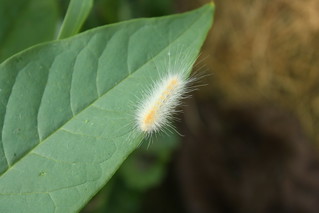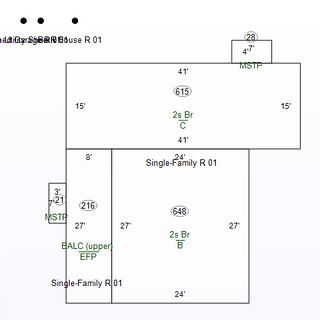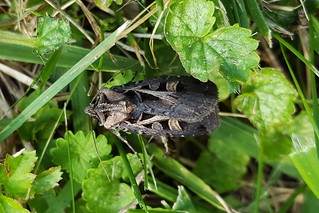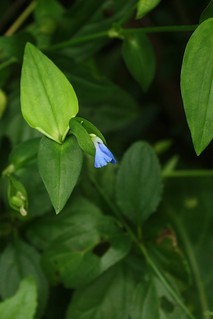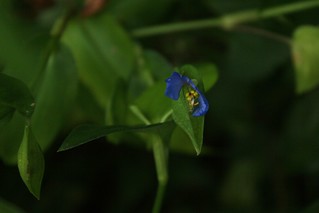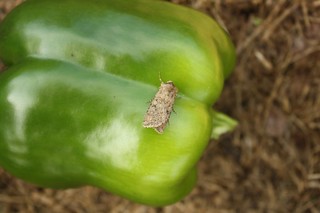
(Click on image to enlarge)
Image courtesy of the Hobart Historical Society.
Evidently, the spitting of tobacco juice in Hobart's Union Sunday School was such a nuisance that the school's officers had to form a committee to collect all the offenders' names. Sort of brings you down from the realms of glory, doesn't it?
This meeting took place April 13, 1873, at which time Mathew W. Jory was superintendent. Of all the committee members, I can identify only P. Roper: I'm pretty sure he is Phillip Roper, who also shows up frequently in these records as a Sunday-school teacher. In 1873 he was about 27 years old. I have previously posted his obituary, and a photo of his sons, one of whom (Phillip Jr.) married Bliss "Dollie" Newman.
Phillip's father, James Sr., is described in the 1870 Census as a butcher, but there was also a James Jr. in the family; and James Jr., I believe, later took up his father's occupation and built the building at Main and Third.
Mrs. Meister was also a regular teacher of Sunday-school classes, and I believe her husband's initials were J.S., but that's as far as I can get with her.

